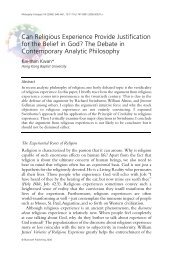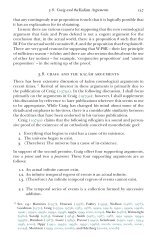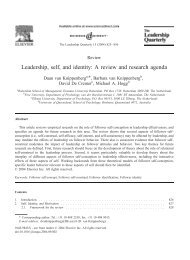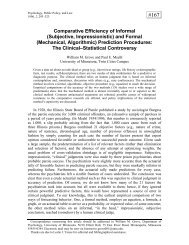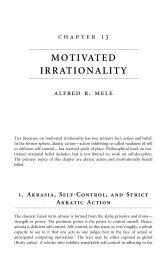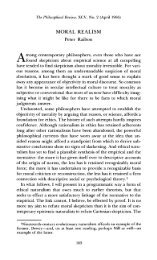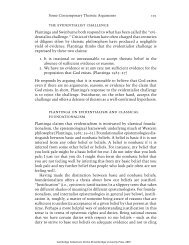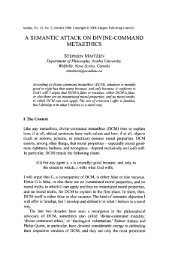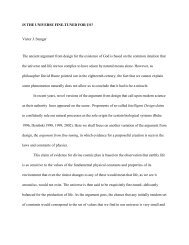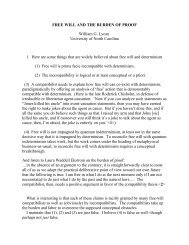Atheism and Theism JJ Haldane - Common Sense Atheism
Atheism and Theism JJ Haldane - Common Sense Atheism
Atheism and Theism JJ Haldane - Common Sense Atheism
Create successful ePaper yourself
Turn your PDF publications into a flip-book with our unique Google optimized e-Paper software.
214 J.J.C. Smart<br />
would infer a watchmaker. Watches do not grow spontaneously as heather,<br />
kangaroos <strong>and</strong> snakes do. Behe argues in effect that on the contrary<br />
heather, kangaroos <strong>and</strong> snakes do have a designer. However, though Behe<br />
does touch on large-scale matters, such as that of the evolution of the eye, he<br />
is mainly concerned with the amazing intricacies of biochemical processes in<br />
the cell. Even to one unlikely to be budged from neo-Darwinism the book is<br />
impressive in the detail it presents. Behe claims that the structures to which<br />
he draws attention are ‘irreducibly complex’. A system is irreducibly complex<br />
if taking away one component of it prevents it from functioning. He gives the<br />
example of a mousetrap. It is irreducibly complex because if you take away<br />
one component (e.g. the spring) it is useless for catching mice. He thinks that<br />
many organelles in the cell are such systems. Functioning here is elucidated in<br />
terms of fitness for survival of such species, but he is arguing for intelligent<br />
design as an explanation. Design requires a designer <strong>and</strong> so he is arguing for<br />
theism.<br />
The example of the mousetrap may well illustrate the notion of irreducible<br />
complexity, but Behe’s concern is to apply this notion to biology. A mousetrap<br />
contains very few parts <strong>and</strong> has no redundancy built into it. A better<br />
analogy would be not to remove a component but to make very tiny changes<br />
in the component itself, e.g. by changing its length imperceptibly. The mousetrap<br />
might then function but not quite so well. The usual reply to Behe is<br />
that minute changes in suitable molecules due to happy changes in DNA may<br />
lead to end results which may strike one as miraculous. For <strong>Haldane</strong>’s views<br />
on Behe, see pp. 225–6. Of course many such changes will lead to unviability<br />
or loss of functioning, but some will not – the complexity is not quite irreducible.<br />
The results may strike us as miraculous but seem so only because we are<br />
not used to thinking in terms of time-spans of billions of years. Also we must<br />
not forget how evolution by natural selection proceeds by successive steps (as<br />
selection filters out possibilities) <strong>and</strong> so the improbability of the final result is<br />
less than it would be if the whole thing had come about at once by chance.<br />
Richard Dawkins, the leading popularizer of neo-Darwinism, is inclined to<br />
define a miracle as a natural but improbable event. In the present philosophical<br />
context it is more convenient to regard a miracle as a supernatural<br />
event <strong>and</strong> then say that there aren’t any.<br />
As against this, John <strong>Haldane</strong> in FE holds that the miraculous is needed to<br />
explain evolution, but I would give the same answer as I have just done, thus<br />
sticking with biological orthodoxy. Various conjectures have been made as to<br />
how life could have arisen. Life gets going when a replicator, DNA or RNA<br />
or some possible precursor of them that replicates, arises out of ordinary<br />
chemical processes. Dawkins suggested one conjecture, the primeval soup<br />
theory, in his book The Selfish Gene, 25 <strong>and</strong> plays around with another, due to<br />
A.G. Cairns-Smith, where at first the self-replicating processes were silicon



